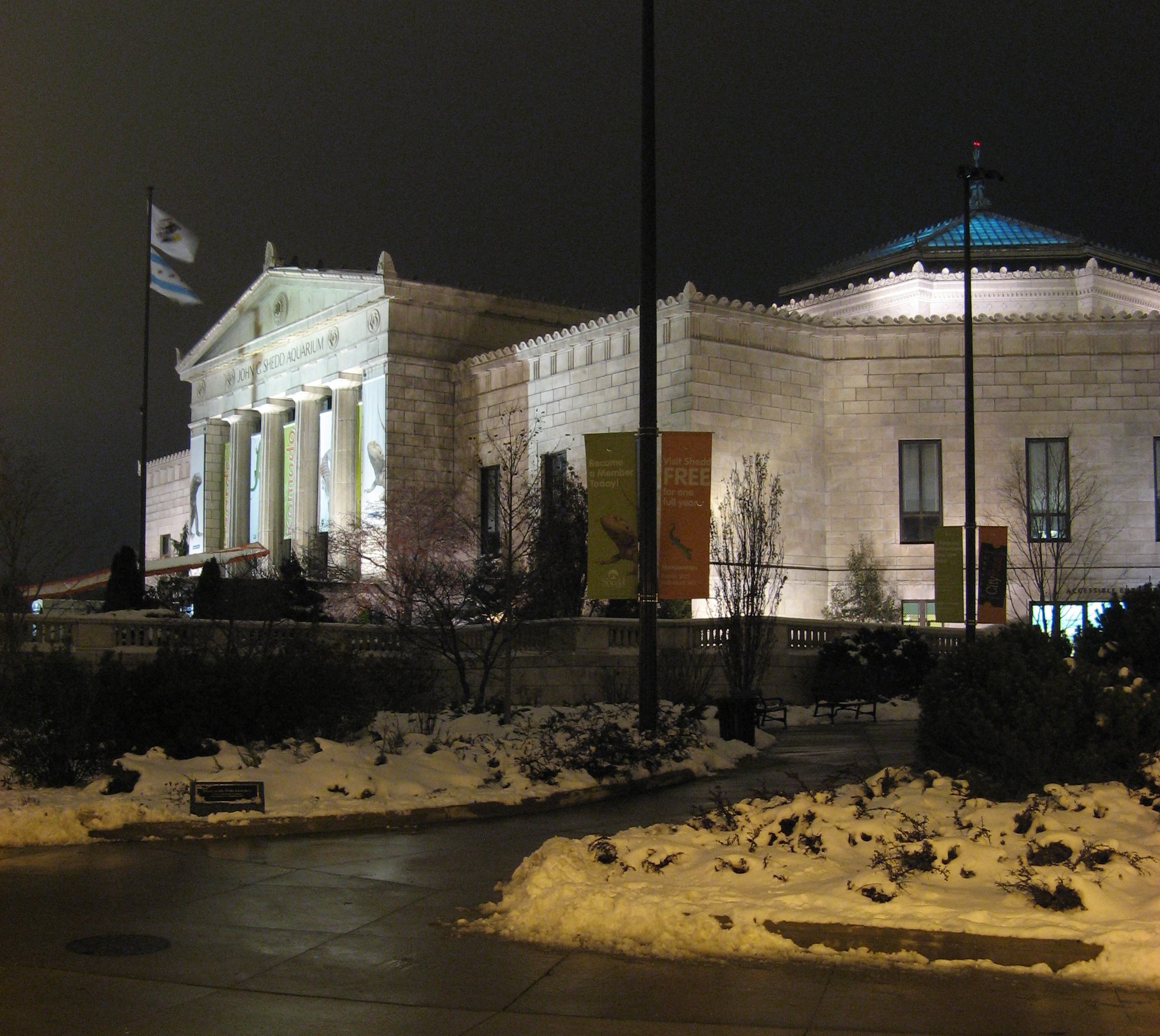Coral reef photo safari at Chicago’s Shedd Aquarium
I’m in Chicago with my nine-year old daughter and Shedd Aquarium was an important destination for us. We spent much of our Aquarium time at the Wild Reef exhibit.
The coral reefs of the world support about a quarter of our sea life, so they are immensely important, yet humans are destroying them in a wide variety of ways.

As important as the reefs are to world ecology, reef life is also stunningly beautiful. You can see these communities up close at Shedd. The irony is hard to ignore whenever you can view warm water life in Chicago while it’s bitterly cold outside.
Shedd Aquarium does a wonderful job displaying its marine life. It’s difficult to stop taking photos, if you have a digital camera. I took more than 100 photos, then deleted many of them, leaving about a dozen photos I liked. The challenge is not finding beautiful scenes to photograph. The Aquarium is full of such opportunities. The challenges are the low light conditions (no flash photography allowed, for the protection of the animals), combined with the quick movements of some of the creatures. Note: I took all of these photos with a Canon A700, a modest consumer-grade digital camera that is about 2-years old. Also, these photos are only minimally retouched. Comparable scenes await anyone interested in traveling to Chicago to visit Shedd Aquarium.
Many of the organisms living at a reef look like underwater plants, but they are actually animals. Those animals include the corals themselves…

